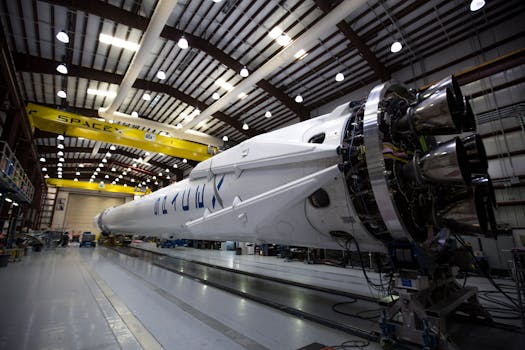The Evolution of Satellite Development: Exploring Key Milestones and History of Satellite

The history of satellite development is a rich and fascinating story that spans several decades. From the launch of the first artificial satellite to the current era of satellite technology, the industry has undergone significant transformations, driven by advances in technology, changes in market demand, and the emergence of new applications. In this article, we will explore the key milestones and history of satellite development, highlighting the major breakthroughs, innovations, and challenges that have shaped the industry.
The first artificial satellite, Sputnik 1, was launched by the Soviet Union on October 4, 1957. This historic event marked the beginning of the space age and sparked a global interest in space exploration. The United States responded quickly, launching its first satellite, Explorer 1, on January 31, 1958. The early years of satellite development were characterized by a series of technological innovations, including the development of new launch vehicles, such as the Atlas and Titan rockets, and the introduction of new satellite designs, such as the geosynchronous orbit.
The 1960s and 1970s saw significant advancements in satellite technology, with the launch of the first commercial communications satellites, Intelsat 1 and Intelsat 2, in 1965 and 1967, respectively. These satellites revolutionized global communications, enabling the transmission of television signals, telephone calls, and data across the world. The 1980s saw the emergence of new satellite applications, including navigation, remote sensing, and weather forecasting. The launch of the Global Positioning System (GPS) in 1978 and the Landsat series of remote sensing satellites in 1972 marked significant milestones in the development of these applications.
In the 1990s and 2000s, the satellite industry experienced significant growth, driven by the increasing demand for satellite-based services, such as direct-to-home television, broadband internet, and mobile communications. The launch of new satellite constellations, such as Iridium and Globalstar, in the late 1990s and early 2000s, marked a significant shift towards the development of low-earth orbit (LEO) satellites. These satellites offered improved performance, lower latency, and increased capacity, enabling new applications, such as satellite-based internet and mobile communications.
Today, the satellite industry is characterized by a high level of innovation and investment, driven by advances in technology and changes in market demand. The development of new satellite constellations, such as OneWeb and SpaceX’s Starlink, is expected to further transform the industry, enabling new applications, such as satellite-based 5G networks and high-speed internet. The increasing use of satellite technology in emerging markets, such as Africa and Asia, is also driving growth, as governments and companies seek to leverage satellites to bridge the digital divide and promote economic development.
In conclusion, the history of satellite development is a rich and fascinating story that reflects the ingenuity, innovation, and perseverance of scientists, engineers, and entrepreneurs. From the launch of the first artificial satellite to the current era of satellite technology, the industry has undergone significant transformations, driven by advances in technology, changes in market demand, and the emergence of new applications. As the satellite industry continues to evolve, it is likely to play an increasingly important role in shaping the future of global communications, navigation, and remote sensing.





